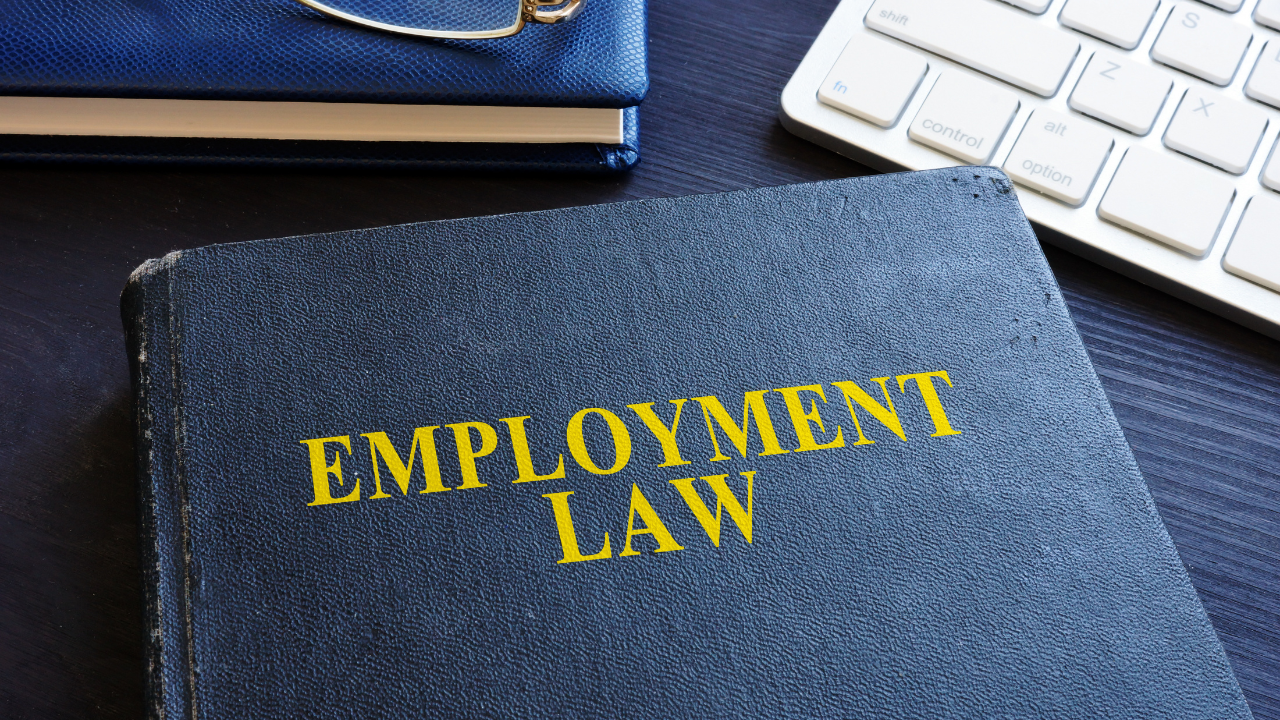As the Covid-19 restrictions are being eased, there are several issues employers should consider to ensure they are complying with government guidelines and their duty of care.
Returning to the Office
As we are progressing through the government’s lockdown lifting plan, employers should be planning for a phased, gradual return to the workplace. While the government’s plan may be subject to change depending on the Covid infection rate, the current government advice states that working from home shall be recommended until mid-May. Therefore, employers should begin discussing the return to the office so that there is time to deal with any questions or concerns that are raised.
The Decision to Return to the Office
It is unlikely that all employees will have the same feelings and attitudes regarding returning to the workplace. Employers must remember their duty of care to employees and take an individualised approach considering employees physical, emotional, and mental wellbeing. Employers should have open and honest communications with their employees on a one-to-one basis or send out a questionnaire about how they feel about returning to work.
Employers should listen to their employees’ concerns. Covid-19 has drastically changed peoples’ views on their work-life balance. As a result, when employers open the conversation with employees about their return, they may be met with employees who do not want to return to the office full time or at all. It is important that the employer takes a flexible approach and consider what may result in more effective and productive employees. If an employees’ preference of returning to the office or wanting their position to remain permanently remote does not match the employers’ needs, they may need to make a flexible working request, in line with the employers’ flexible working policy usually found within an employer’s staff handbook.
When formulating their return-to-work plan, employers should have consideration to the diverse nature of their employees. For example, when considering flexible working plans, the complete removal of working from home may affect more women than men, potentially giving rise to sex discrimination claims as women may have more childcare responsibilities. Where an employee is unhappy about the proposed return to the workplace, they may raise a formal grievance.
Terms and Conditions of Employments
Returning to the office may result in a change to an employee’s terms and conditions of employment. For example, redundancies may have been made, which may have resulted in an employee’s role being expanded. Employers should be careful when amending/updating an employee’s terms and conditions of employment as there is a strict process that should be followed, including a consultation with the affected employee. Employers should check whether the contract allows for the changes to be made. Employers should avoid making unilateral changes to their employees’ contracts of employment. There may also be practical changes to an employee’s role, such as a new procedure that was introduced while an employee was on furlough or changes in supply arrangements. It is always advisable to seek express agreement to any changes in the terms and conditions of employment.
Health and Safety Considerations
Before any employees return to the workplace, employers should consider their duty of care and health and safety. Employers should undertake a physical inspection, risk assessment of their premises to consider any physical changes that may be required; for example, furniture may need to be moved so that employees can abide by social distancing. Further, most offices have a communal kitchen; having employees take their lunch breaks at staggered times may prevent crowding.
In addition to changes that may be required, additions may also be needed. To minimise the spread of the infection, employers may want to request that their employees wipe down their workspace at the end of the day and regularly use hand sanitiser. Where an employer is requesting an employee to use cleaning/hygiene products, they should be provided to employees. Further, if no one has been in the workplace for several weeks, it may be appropriate for a deep clean of the premises to be carried out. Depending on the sector a business operates in, there may be government-mandated steps to be taken. For example, those who work in hospitality and retail are required to wear face masks and/or gloves. Where employees are required to wear PPE, employers should consider offering training on how it is used correctly as if PPE is used incorrectly, it may be inactive.
The Covid-19 pandemic may also have had a negative impact on employees’ mental health as reports show an increase in the number of people in the UK suffering from anxiety and depression. Employers should consider introducing a Mental Health policy to inform their employees of the steps they will take to support them and the services they offer. When dealing with an employee who is suspected to or has disclosed they are suffering with their mental health, employers should seek HR advice as there maybe be grounds for an Employment Tribunal claim if the matter is not handled correctly.
Staff should be informed and frequently reminded of all measures employers have put in place and any action they are required to take. This will reassure employees that their employers care about their health and wellbeing.
Furlough Leave
The government’s current plan on lifting restrictions states that all restrictions shall be lifted on 21 June 2021 with the government-supported furlough leave (the Coronavirus Job Retention Scheme) ending on 30 September 2021. Therefore, employers should review how their business is doing once restrictions are lifted to consider whether they will be in a position to continue to employ all their staff once furlough leave ends and whether redundancies are required, as employees will be entitled to a notice period to terminate their employment. Employees who are on furlough leave, receiving 80% of their salary, must receive 100% of their salary during their notice period. In some circumstances, it may be appropriate to offer affected employees a settlement agreement to end the employment relationship.
COVID-19 Testing
Not everyone who has Covid-19 display symptoms; therefore, testing is important to track those infected. Individuals who know their status can obtain the appropriate care and isolate, which can reduce the spread of the virus. Employers can encourage their staff to take a lateral flow test before they attend the workplace if they do not have symptoms. Any member of staff who displays symptoms of Covid-19 should be advised to get tested under the NHS track and trace scheme. Employees who have tested positive or are showing symptoms should be informed they are not to attend the office.
Conclusion
Changes to lockdown will impact different sectors in different ways, and the current plan may be changed at short notice. Communicating with staff and keeping them informed of the plans for the business may provide them with certainty in what remains uncertain times.
Employers who would like advice and assistance in ensuring they are complying with government guidelines and their health and safety obligations and want to speak to an expert employment lawyer can contact our team via email at contact@davenportsolicitors.com or telephone on 02079036888.
















